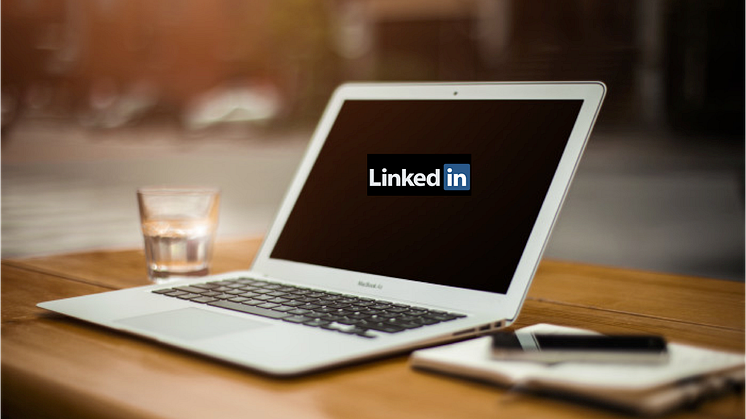
Blog post -
LinkedIn - transforming the way we work
For me, LinkedIn is one of the greatest ever gifts to business
networking and lead generation.
Originally set up in 2003 as a recruitment website where candidates could post their CVs online, it has morphed into the pre-eminent B2B social network with a global user base of over 225 million.
In the UK alone over 10 million people are on the site, ranging from 13-year-olds just starting out on their careers to CEOs of FTSE 100 companies. Quite simply, I would argue that a LinkedIn profile is as important as a business email address or phone number.
So how does it work?
Picture your LinkedIn profile as a room filled with every person you've met professionally - and you like. These contacts form the basis of your primary (1st) connections on LinkedIn. If you don’t know someone or don’t like them, don’t connect with them!
By looking after these primary connections – staying in touch, socialising, referring business, offering them free help – they will be more likely to refer you to their primary connections. These people appear as your secondary (2nd) connections. The diagram below demonstrates this.

Also, those with "Group" beside their name indicate you are both part of the same LinkedIn group which I will explain a bit about below.
Any one of these people could give you more business or refer you to someone in their network. In turn, this second tier of contacts could introduce you to their networks and so on, and so forth.
Building your network
You should proactively add people to your network. Get into the habit of connecting to those you meet through face-to-face networking or reconnecting with old contacts, friends and colleagues.
You will receive many requests to connect, particularly if you work for a high profile brand, have a lot of connections or are a thought leader. In this case, look through their profile, see who they are connected to and ask yourself whether they could be a valuable contact.
If the answer is yes, then just hit reply to the request and craft a suitable message. If they are serious and not just ‘spamming’ you, they will respond and you can then take the relationship further.
Making full use of LinkedIn and this potential goldmine of professional contacts...
As with all forms of social media, the first step should be to understand exactly why you want to use LinkedIn. Is it for business development, thought leadership, sales, market intelligence or competitor analysis?
Then build a strategy around this including how you customise your personal and company profiles, who you should connect with, what content you create and how you plan to network.
My top tips for boosting your LinkedIn strategy:
1. Work with your colleagues to define what sort of policy your company should have towards LinkedIn.
Ensure you and your colleagues' LinkedIn profiles are up to the job. You should aim to get your profiles to ‘All Star’, or as it used to be known 100% complete. To do so you need to have the following:
· A decent corporate head shot
· Industry and location
· Up-to-date current position
· Two past positions
· Education
· At least three skills
· 50+ connections
2. Provide all employees with a corporate ‘boilerplate’
All employees should be encouraged to paste this into their up-to-date current position, ensuring proper brand alignment for your business.
3. Where possible, try to send a personalised message inviting people to connect with you.
This will help people you are trying to connect with to place where they met you and why they may want you in their network of contacts.
4. Join Groups on LinkedIn
If your primary network of contacts are represented by a room full of professionals, then Groups are other rooms in the building full of people from specific industries or backgrounds who you may be interested in networking with.
Depending on your original objectives you could join Groups of people in the same industry in order to share best practice and up-skill or join Groups of those in complementary professions who could be great for introducing you to new business.
However, when joining groups, check out the amount of activity on them. Some are pretty inactive while others are full of people ‘spamming’ you with useless and untargeted sales information.
Remember, as with any form of networking group, it pays to be proactive and remember not to sell.
5. Give your company's profile a little love and attention
Company profiles have been seriously enhanced recently and since 14th April, with the introduction of Showcase Pages, there are excellent opportunities to promote your business, services and brand on the site. Get into the habit of posting content regularly to your Company or Showcase Pages.
Both Company Pages and Showcase Pages can be customised while you can also add content in the form of blogs, videos and links.
By David Taylor
If you would like specific training around LinkedIn or want to learn more about how this site can help you build your sales funnel, visit www.zoodikers.com or contact me via david@zoodikers.com
Also check out the LinkedIn chapter within www.thebusinessofbeingsocial.co.uk

